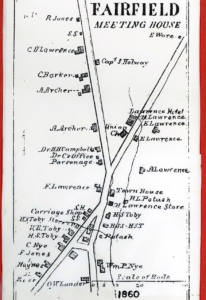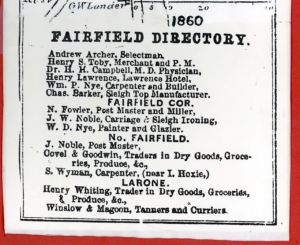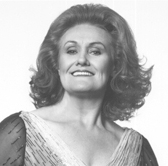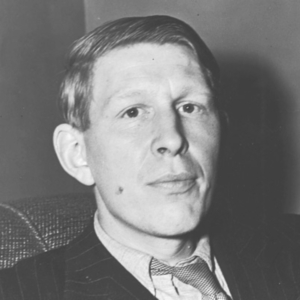LEGAL NOTICES for Thursday, December 10, 2020
STATE OF MAINE
PROBATE COURT
COURT ST.,
SKOWHEGAN, ME
SOMERSET, ss
NOTICE TO CREDITORS
18-A MRSA sec. 3-801
The following Personal Representatives have been appointed in the estates noted. The first publication date of this notice December 10, 2020. If you are a creditor of an estate listed below, you must present your claim within four months of the first publication date of this Notice to Creditors by filing a written statement of your claim on a proper form with the Register of Probate of this Court or by delivering or mailing to the Personal Representative listed below at the address published by his name, a written statement of the claim indicating the basis therefore, the name and address of the claimant and the amount claimed or in such other manner as the law may provide. See 18-C M.R.S.A. §3-804.
2020-321 – Estate of GERTRUDE LEONA ZANE, late of Skowhegan , Me deceased. Alice L. Walter d/b/a Lorraine A. Water, 19 Pennell Street, Skowhegan, Maine 04976 appointed Personal Representative.
2020-324 – Estate of RUTH E. SYLVESTER, late of Madison, Me deceased. Linda S. Garland, 678 White Schoolhouse Road, Madison, Maine 04950 appointed Persona Representative.
2020-326 – Estate of ELIZABETH C. HART, late of Canaan, Me deceased. Robert L. Hart, P.O. Box 116, Canaan, Maine 04924 appointed Personal Representative.
2020-328 – Estate of LILLIAN WHITE (SMITH) FRAZIER, late of Hartland, Me deceased. Andrea Delligatti, 1565 Willow Springs Road, Dallas, GA 30132 appointed Personal Representative.
2020-246 – Estate of BERTELLE W. THIBODEAU, late of Madison, Me deceased. Alan Thibodeau, 513 Preble Avenue, Madison, ME 04950 appointed Personal Representative.
2020-025 – Estate of MARCIA COLLINS, late of Smithfield, Me deceased. Paul R. Dionne, Esq,, 465 Main Street, Suite 201, Lewiston, Me 04240-6738 appointed Personal Represenattive.
To be published on December 10, 2020 & December 17, 2020.
Dated: December 7, 2020 /s/ Victoria Hatch,
Register of Probate
(12/17)
STATE OF MAINE
PROBATE COURT
41 COURT ST.
SOMERSET, ss
SKOWHEGAN, ME
PROBATE NOTICES
TO ALL PERSONS INTERESTED IN ANY OF THE ESTATES LISTED BELOW
Notice is hereby given by the respective petitioners that they have filed petitions for appointment of personal representatives in the following estates or change of name. These matters will be heard at 1 p.m. or as soon thereafter as they may be January 6, 2021. The requested appointments or name changes may be made on or after the hearing date if no sufficient objection be heard. This notice complies with the requirements of 18-C MRSA §3-403 and Probate Rule 4.
2020-303 – Estate of STEPHANIE FAITH DRINKWATER. Petition for Change of Name (Adult) filed by Stephanie Faith Drinkwater, 220 Chadbourne Road, Harmony, Maine 04942 requesting her name be changed to Stephanie Faith Ireland for reasons set forth therein.
Dated: December 7, 2020 /s/ Victoria Hatch,
Register of Probate
(12/17)










 by Charlotte Henderson
by Charlotte Henderson by Gary Haskell
by Gary Haskell









